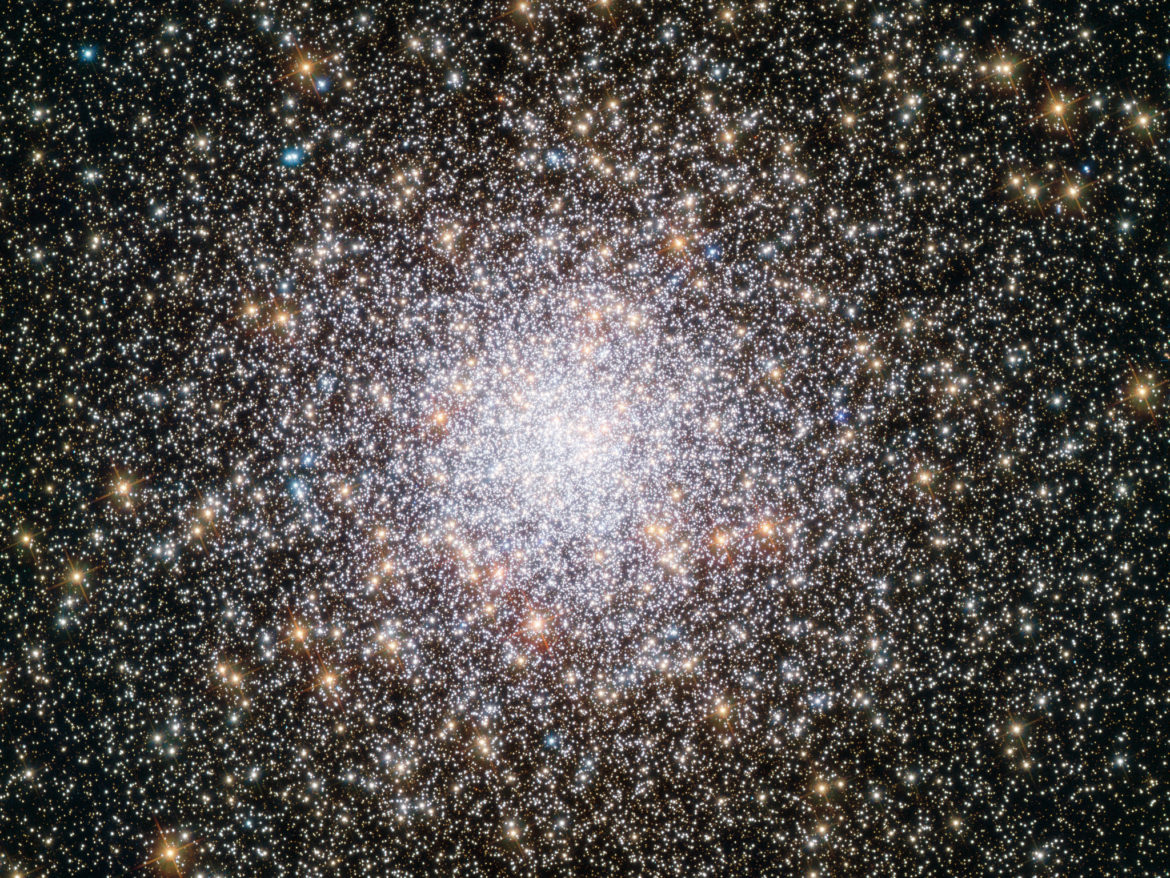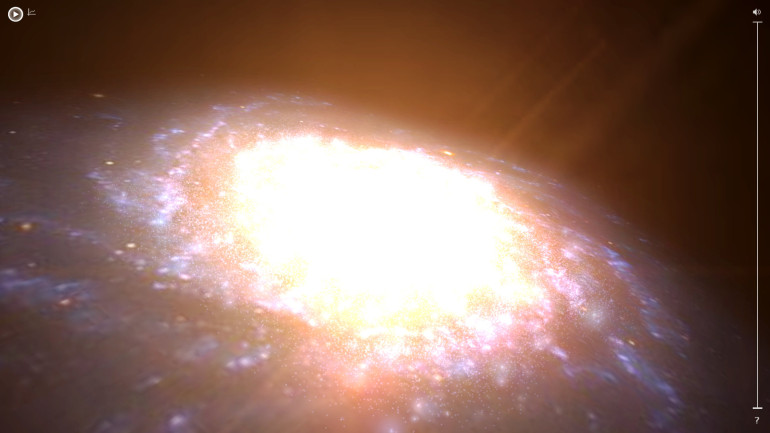A Young Globular Cluster
Earlier this week NASA released this dazzling image of NGC 362. It is one of about 150 known globular clusters on the outskirts of our own galaxy, the Milky Way. Globular clusters are giant spheres that contain hundreds of thousands of stars and reside in the outskirts of galaxies. The ESA says NGC 362 is unusual:
By studying the different elements present within individual stars in NGC 362, astronomers discovered that the cluster boasts a surprisingly high metal content, indicating that it is younger than expected. Although most globular clusters are much older than the majority of stars in their host galaxy, NGC 362 bucks the trend, with an age lying between 10 and 11 billion years old. For reference, the age of the Milky Way is estimated to be above 13 billion years.
This image, in which you can view many of NGC 362’s individual stars, was taken by Hubble’s Advanced Camera for Surveys (ACS) If you want a new desktop image, here’s the 42 MB full-size original (it will automatically download).


